Lincoln Center Institute Project: Curricular Frameworks in Aesthetic Education
Examining the work of Artists-in-Residence Programs
Artist-in-residence programs are believed to provide a quick entry into the arts for students in the classroom. But what do students learn from this kind of exposure? And, is exposure enough to change students' aesthetic experiences in a meaningful way?
In 1975, the Lincoln Center for Performing Arts in New York City created a new kind of artist-in-residence program, the Lincoln Center Institute (LCI). It was designed not only to expose students to the arts as audience members, but also to immerse students and teachers in an intensive aesthetic education program. LCI developed units of study that involve a series of six or more classroom sessions and are taught by an LCI-trained Teaching Artist in conjunction with the classroom teacher. The units focus on a work of art rather than on a textbook, and actively involve students in solving artistic problems so they can develop sensitivity to the art form. Thus students may compose and revise rhythms before hearing a concert, or choreograph movements that explore different levels of space before viewing a dance.
Because of the power of this model, Aesthetic Education Institutes (AEIs) have been established to offer similar programs in 17 cities across the U.S., as well as in Australia. Unlike many other artist-in-the-school programs, LCI and other AEIs include classroom teachers in the selection and planning of the units, and require them to attend a Summer Institute. The training involves teachers in hands-on activities across art forms, and deepens teachers' understanding of aesthetic education before they return to the classroom. Furthermore, teachers are encouraged to link the units with the rest of their curricula so that the arts may play a more central role in learning.
Researchers at Project Zero worked with LCI and Columbia University Teachers College to take a close look at the impact of the program on both students and teachers, and determine how the impact could be strengthened. Using various qualitative methods, including on-site visits, interviews, and examination of student work and teachers' journals, the researchers studied AEI schools in New York City; San Diego, CA; Bowling Green, OH; Nashville, TN; and Utica, NY.


-
-
-
-
-
-
Support PZ's Reach